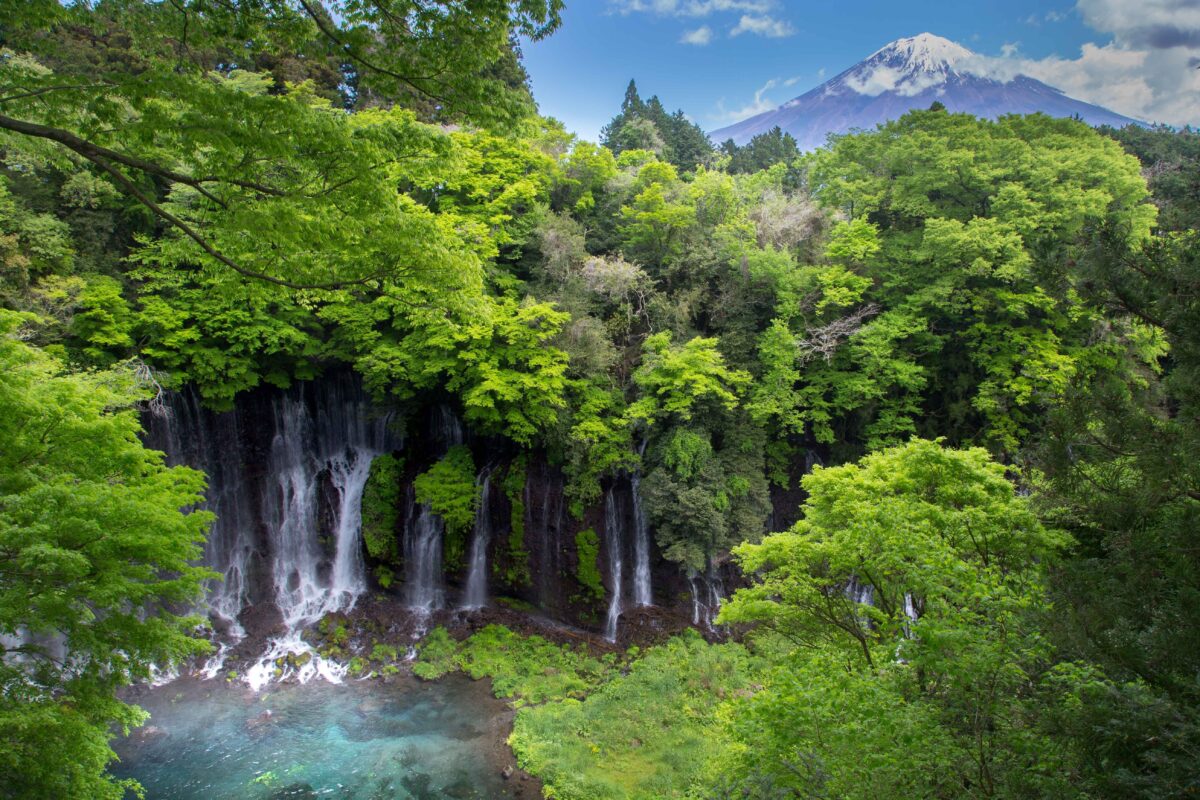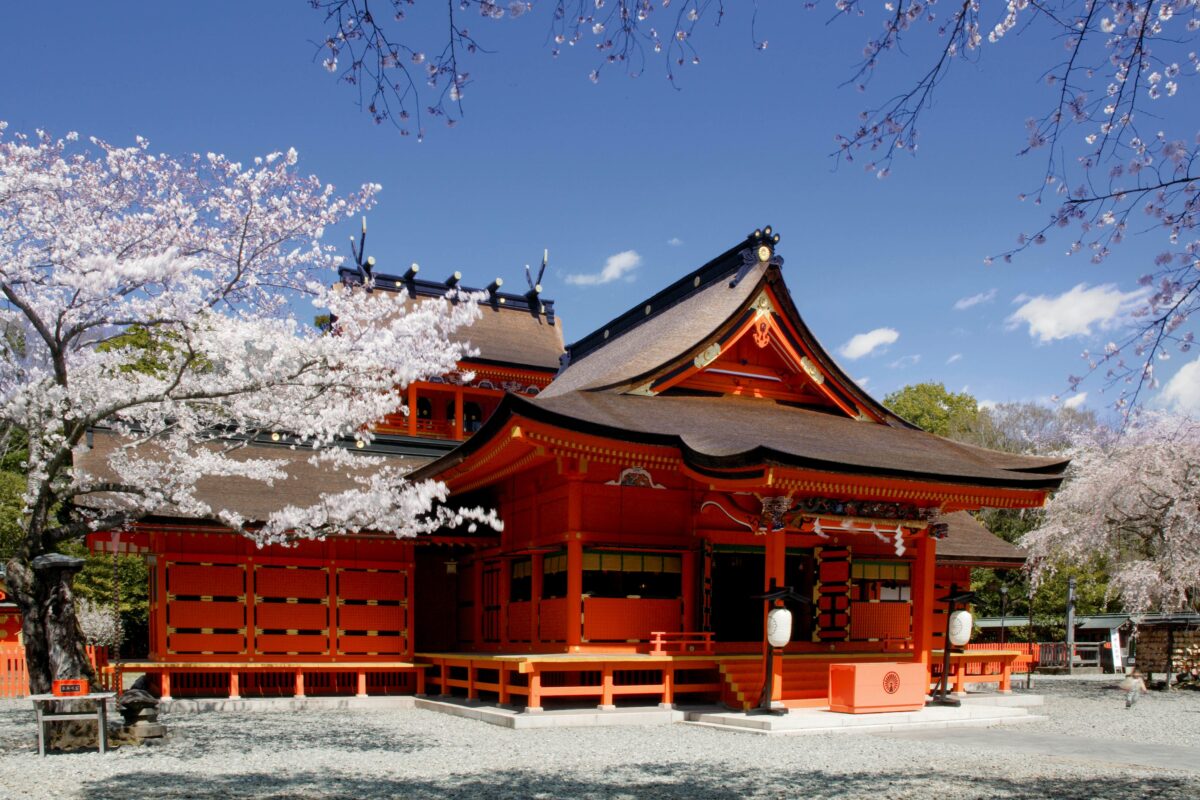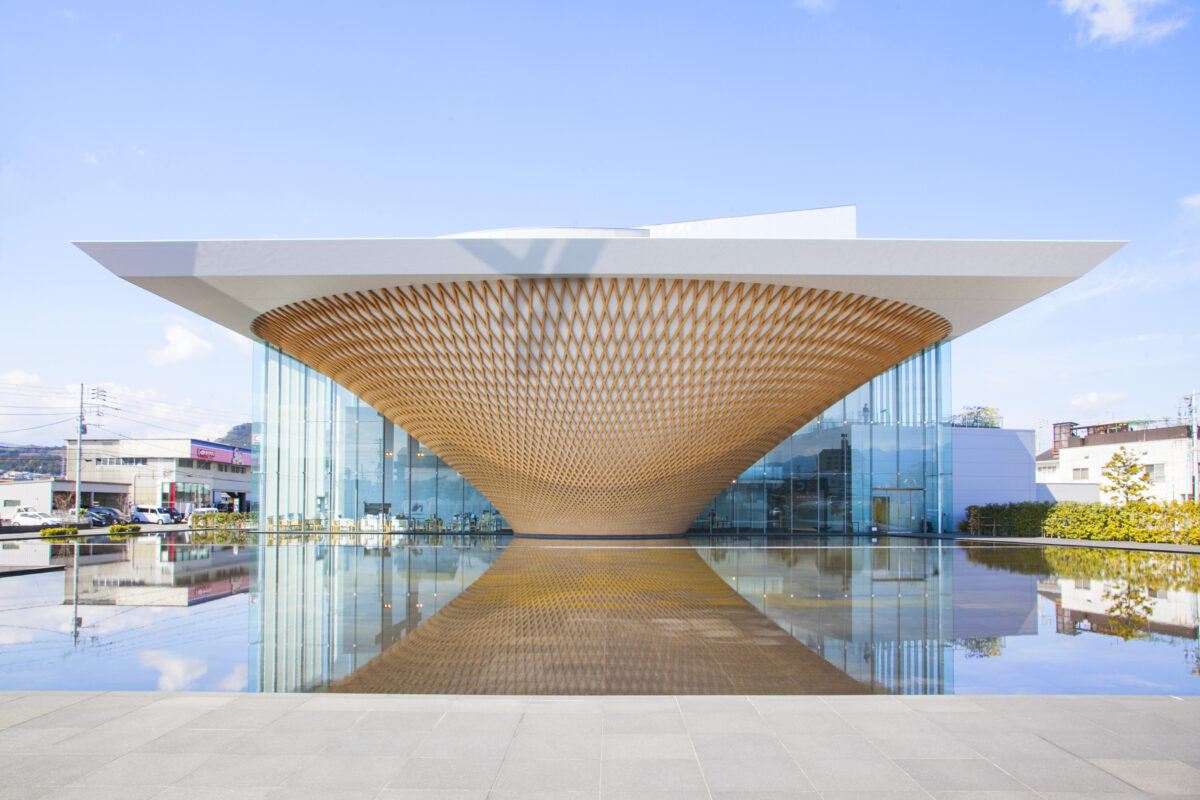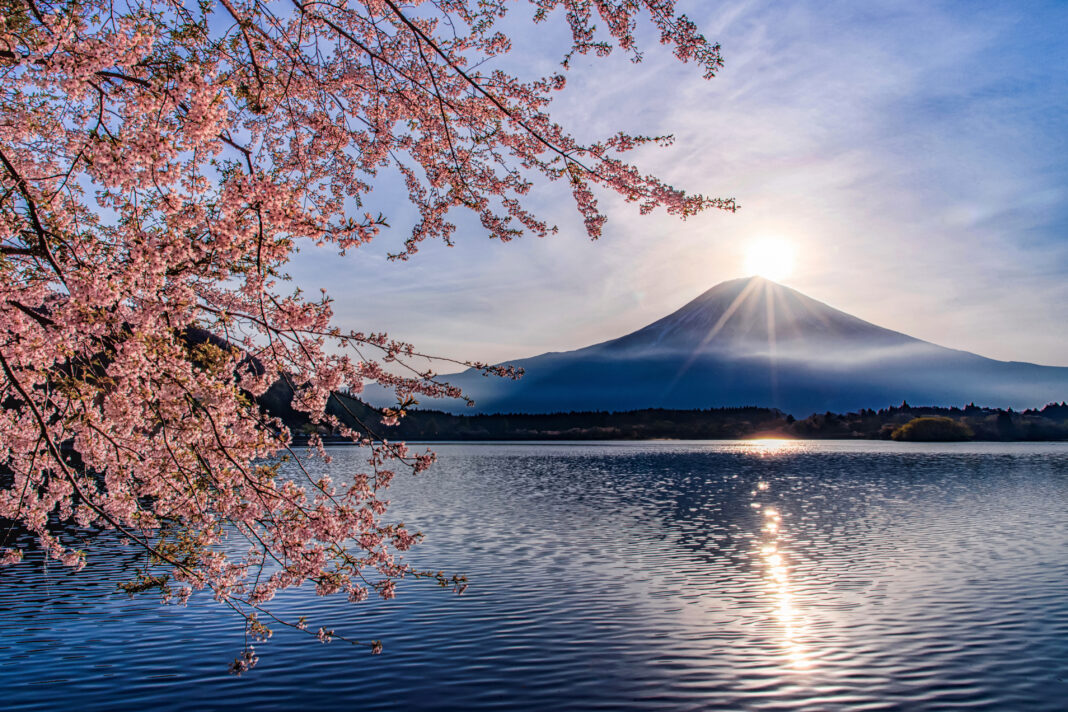Fujinomiya City is a perfect place to get up close and personal with Mt. Fuji and experience what life is like for those living at the foot of this magnificent mountain.
Table of Contents
UP AND CLOSE TO MT.FUJI
If you’ve ever dreamt of climbing Mt. Fuji, you’ve most likely heard of Fujinomiya. Located in Eastern Shizuoka, most of the town lies within the borders of Fuji-Hakone-Izu National Park.

Fujinomiya is the main starting point for climbers using the Fujinomiya Trail and also the Prince Route which has become popular in recent years (ascending from Fujinomiya and descending into Gotemba).
Fujinomiya is the closest town to Mt. Fuji and as such is blessed with remarkable views of the mountain.
Fuji-san to the Japanese is commonly referred to in the female form, because the goddess that resides within the mountain is ‘Konohanasakuya-hime’.
Konohanasakuya is the goddess of Mt. Fuji, all volcanoes and the ‘Princess of Cherry Blossoms,’ symbolizing delicate earthly life.
The goddess is also often referred to as Sakuya-hime or Sengen.
FUJISANHONGU SENGENTAISHA SHRINE
An ancient settlement town, Fujinomiya is a former post and market town affiliated with the Ichinomiya (first shrine), the supreme shrine in each of the ‘Old Provinces of Japan’.
In Fujinomiya, the ‘Fujisanhongu Sengentaisha Shrine’, is the Ichinomiya of Suruga Province which is modern day Shizuoka Prefecture.

For over 1100 years, it has been the head shrine for over 1300 shinto shrines in the country which are centered on the worship of volcanoes and Fuji-san in particular.
Such shinto shrines are also known as Asama or Sengen Shrines.
Almost all of these shrines possess views of Fuji-san on their grounds, and if not, a miniature replica called Fujizuka is recreated from rocks from the mountain itself.
Many festivals are held at the shrine – the main one is held on May 5th and features Yabusame horseback archery.
MT. FUJI WORLD HERITAGE CENTRE, SHIZUOKA
The Mt. Fuji World Heritage Centre, Shizuoka is a stunning museum in Fujinomiya that was opened to commemorate the mountain’s designation as a World Heritage Site in 2013.

Designed by famed architect Shigeru Ban, the museum lies adjacent to the Fujisanhongu Sengentaisha Shrine’s main Torii gate.
Visually striking as you approach it, the museum’s inverted conical shape has been constructed from Japanese Cypress and reflects beautifully a mirror image of not only the museum’s design but also the beauty of Fuji-san herself in the reflecting pool on the premises.
The Mt. Fuji World Heritage Centre aims to deepen and educate the conversation regarding Mt Fuji’s preservation, cultural history, and meaning to both individuals in Japan and abroad.
Visitors are able to experience the ascent of Mt. Fuji from the ocean by walking a 193m long spiral ramp while watching time-lapse videos of Fuji’s landscape.
FUJINOMIYA YAKISOBA
While in Fujinomiya City be sure to get in some Fujinomiya Yakisoba which is characterized by its firm bite. The firm bite occurs as Fujinomiya Yakisoba is steamed without being boiled once, cooled then coated with oil. Generally, it is boiled in other parts of Japan. Additionally, the soba must be made in Fujinomiya, are cooked with the waters of Mt Fuji, and have ‘dashi-ko’ powder sprinkled on it instead of the typically dried bonito flakes.

LIFE AT THE FOOT OF MT. FUJI
Visiting Fujinomiya not only allows you unbelievable views of Mt Fuji but gives you the opportunity to also experience a way of Japanese life that has relatively remained unchanged.
Snowmelt water from Mt. Fuji has blesses local communities with adundant gifts and people have been living in harmony with nature for generations.
Immerse yourself in the local culture and make unforgettable travel experiences – Find experiences in Fujinomiya HERE.
